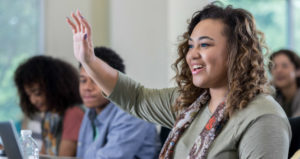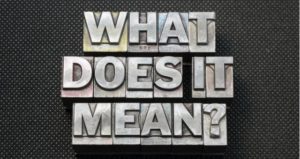
What Can We Learn from Our Struggles and Failures?
I’ve put together a lot of bibliographies in my day. They’re more like resource collections than comprehensive listings of relevant published work, which are pretty much impossible when it comes to teaching and learning where the literature spreads across our disciplines and in disciplines devoted









